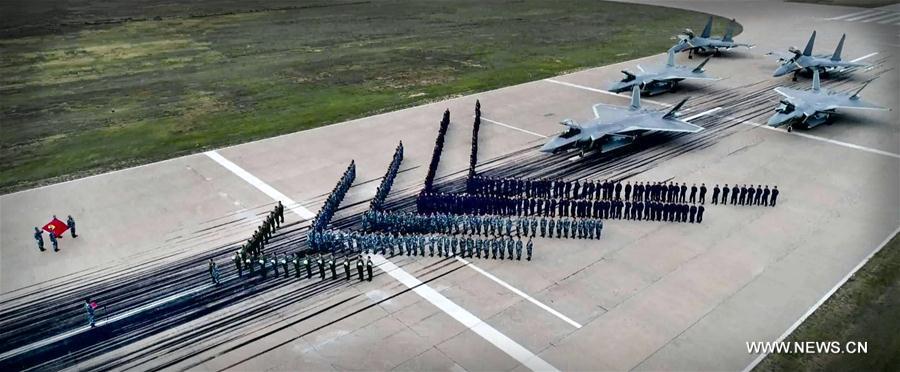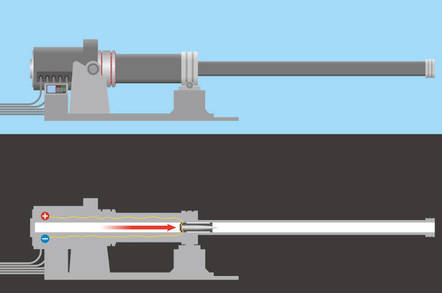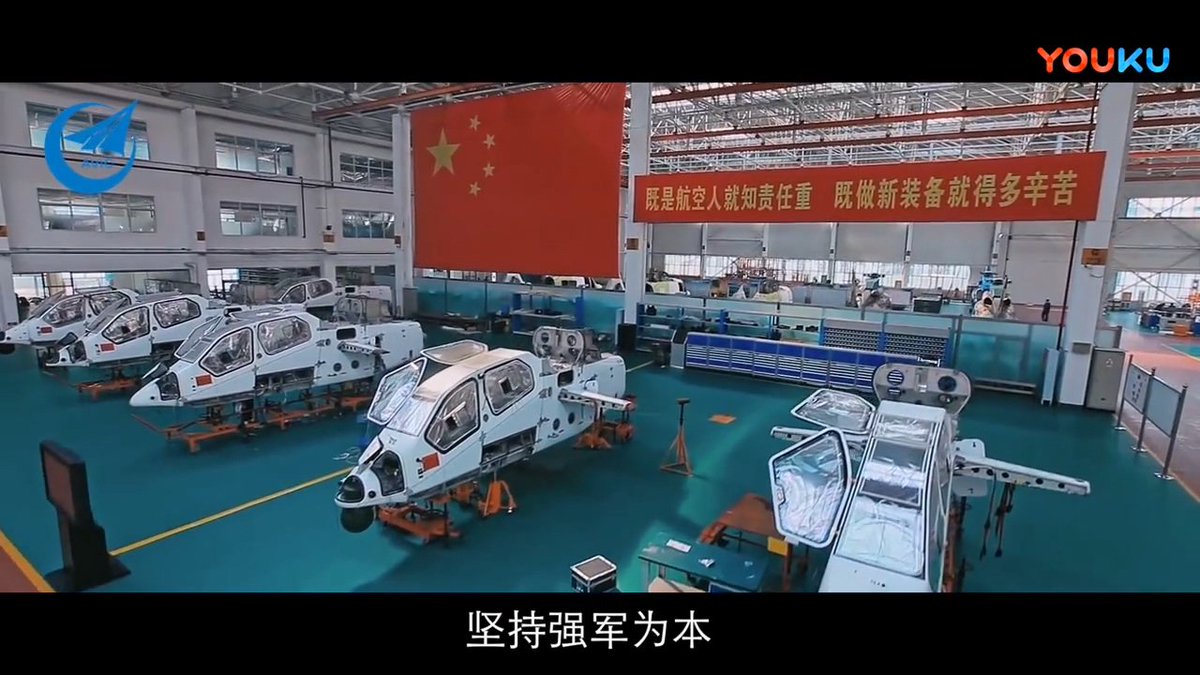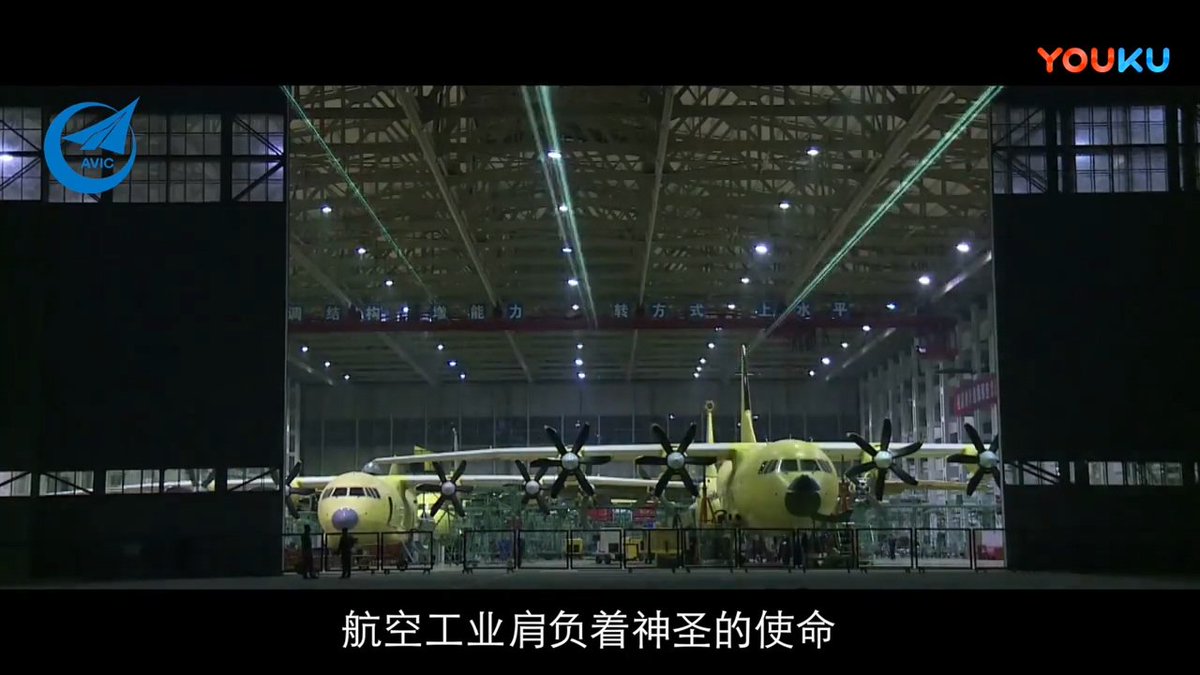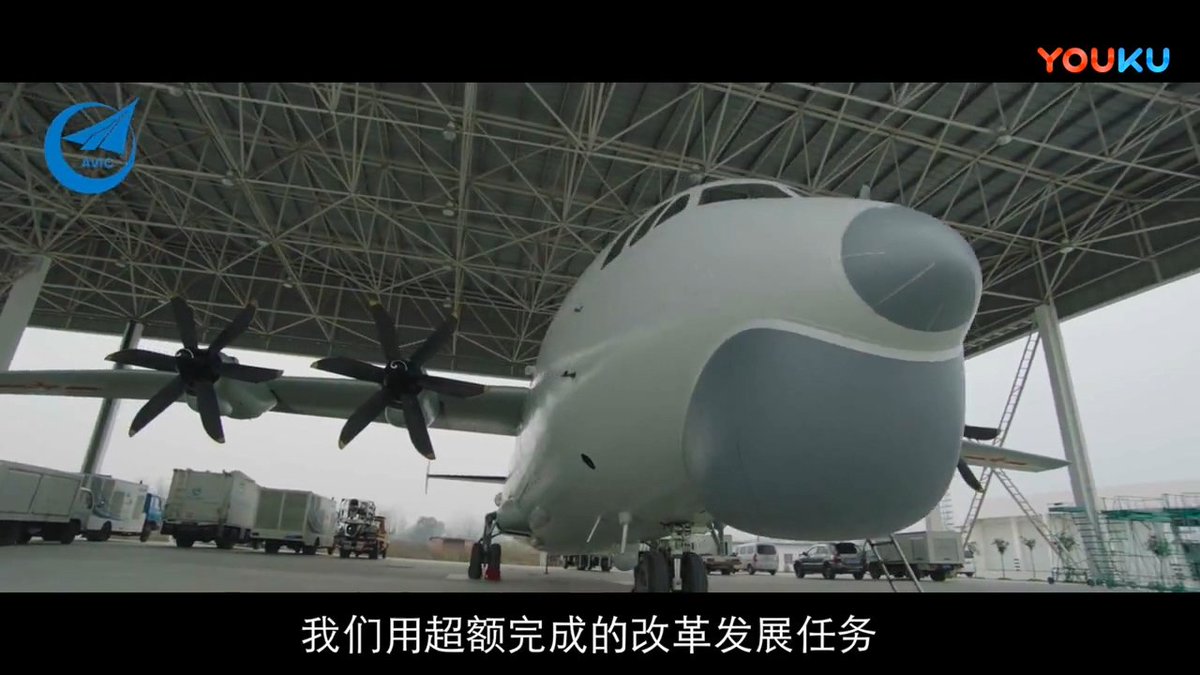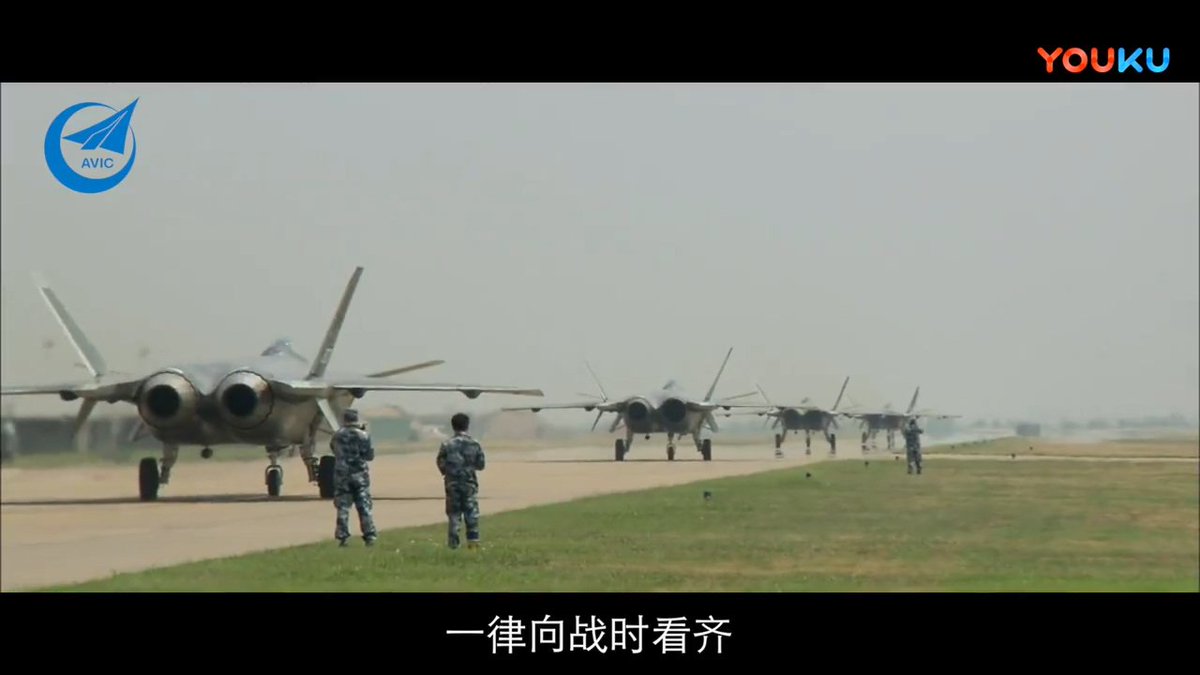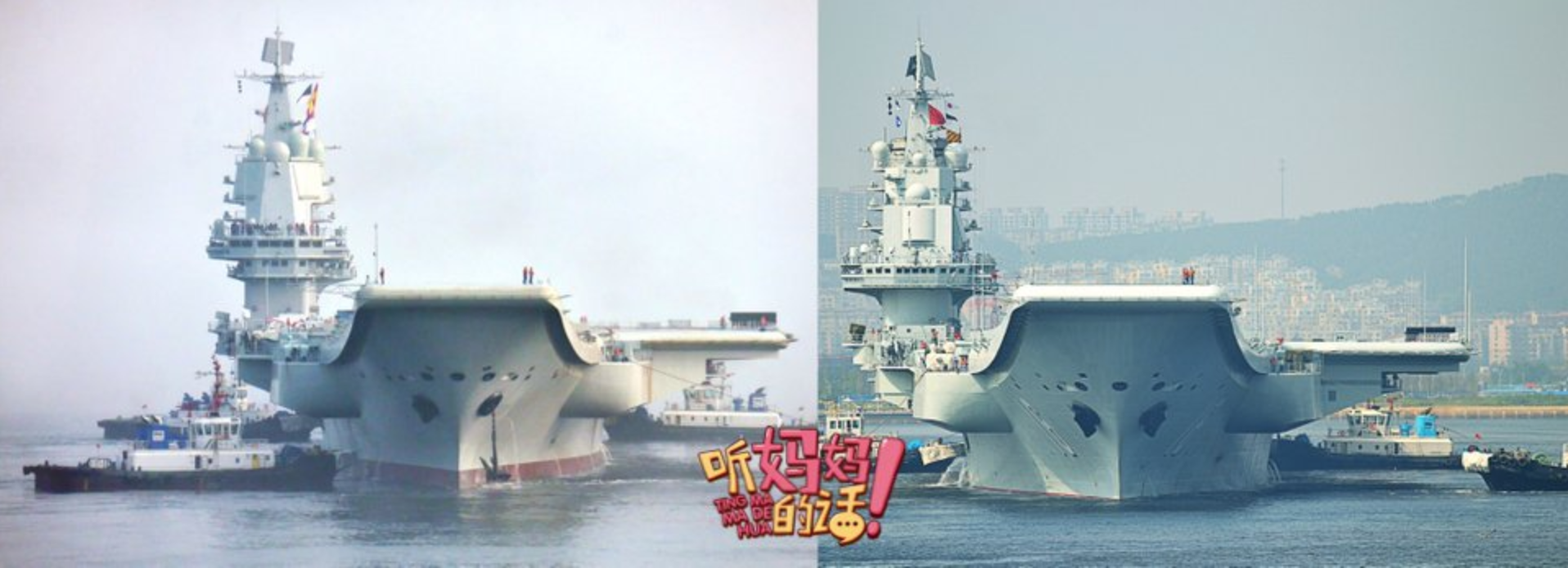A Chinese firm's buyout of a British semiconductor company may have directly led to China developing railgun weaponry and electromagnetic aircraft carrier catapults for its navy, according to reports.
An anonymous source, identified as a former Dynex exec,
told The Sunday Times that the acquisition of Dynex Semiconductor by Chinese railway firm Zhouzhou CRRC Times Electric in 2008 "could have helped the development" of the Chinese navy's new railguns.
Dynex produces, as its name suggests, semiconductors, in particular insulated-gate bipolar transistors (IGBTs). These can be used as critical components in railguns and similar catapult-type technologies thanks to their very high voltage and current ratings.
"In these big electronic systems... you need to be able to turn on and off big power very, very quickly. And your standard power switches are too slow," the former Dynex exec told the newspaper.
The basic principle behind a railgun is that a current passed between two rails via a sliding armature generates an electromagnetic field that flings a projectile carried in the armature out into the great beyond. A little lateral thinking easily turns this into an electromagnetic catapult. To make it work you need seriously high currents and voltages – sufficient to generate 160MJ, if
this paper is taken at face value.
The main advantages of railguns over conventional artillery are that muzzle velocities (and thus the kinetic energy of the projectile, i.e. how much of a thump it makes when it hits its target) can be far higher than conventional explosive propellant-based gun tech, or steam pressure tech in the case of naval catapults. In theory, the vastly higher muzzle velocities will lead to far greater range for naval guns. Some sources claim this could be up to 100 nautical miles (as opposed to around 15-20NM at present), breathing new life into an otherwise inexpensive-but-obsolescent naval weapon system.
According to
The Sunday Times' source, CRRC's buyout of Dynex
enabled a full-scale technology transfer. The state-owned train company reportedly built a £167m factory in Hunan province, based on Dynex's Lincoln premises. The newspaper cited
various other reports drip-feeding their way out of China which suggest that the nation is currently at a similar stage to US railgun research, having apparently started from nothing a decade ago.
"The acquisition of IGBT from the British company a decade ago led to China's leapfrogging of electromagnetic aircraft launch technology critical for its aircraft carrier program," reported US-based NTD TV.
While appealing to navies for a whole host of reasons, electromagnetic catapult tech is not without its own problems, as the US Navy
revealed with its EMALS project in early 2017. Controlling the rate of acceleration appears to be one of the main problems dogging EMALS, with auditors warning that the stress of EMALS launches was taking a hard toll on F-18 carrier-based fighter jets.
The national security implications of this tech transfer are obvious, and troubling. Britain's post-Brexit answer to maintaining national prosperity is to go full throttle into cutting-edge technologies, racing ahead of other countries to commercialise and license the technologies we develop. If that comes into conflict with our strategy of
using Chinese capital to cover the upfront costs, and the result is that British advanced technologies find their way into Chinese weapon systems, that will not only make the world a less safe place, it will potentially harm Britain's standing with its allies – particularly the US, which is keen to confront Chinese challenges to its hegemony.
Dynex did not respond to
The Sunday Times' request for a comment. We have asked Dynex for a statement and will update this article if they respond. ®



